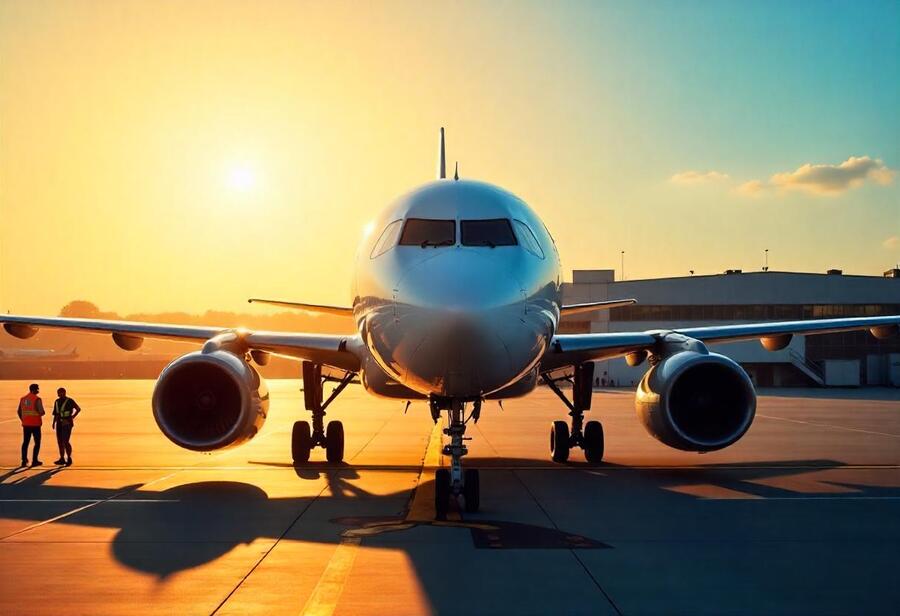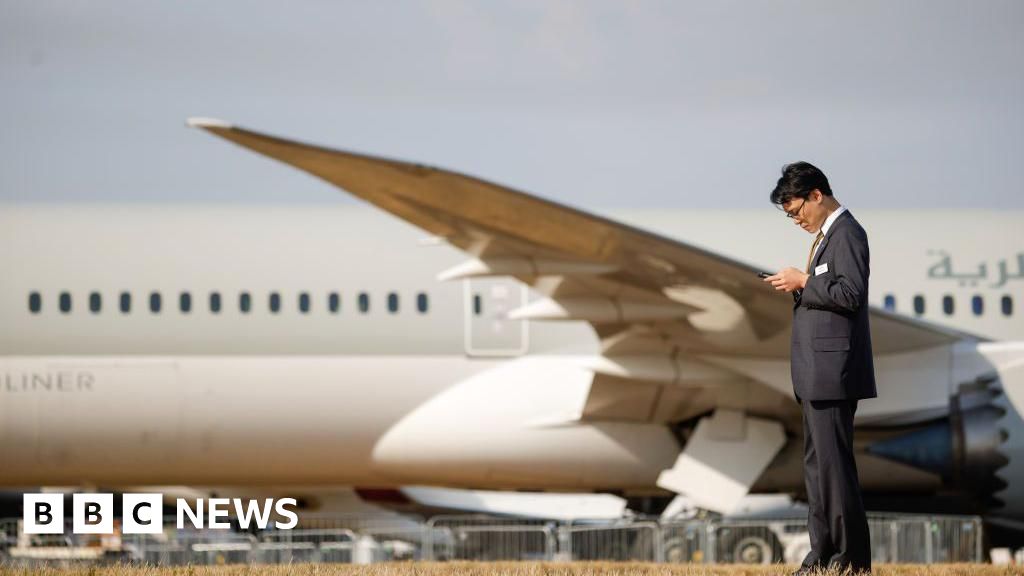US Tourism Faces Growing Uncertainty as Tariffs and Border Scrutiny Threaten Summer Travel and Economic Growth Pushing the Industry into Uncharted Waters - Travel And Tour World
Wednesday, May 14, 2025

As Michigan readies itself for the summer travel season, the tourism sector is preparing for an unpredictable year, with concerns about the impact of President Donald Trump’s tariffs and the heightened scrutiny at U.S. borders. These factors are already influencing the flow of international visitors to the United States, particularly those traveling from Canada, and have raised alarms about the potential for reduced tourism numbers in Michigan. Local officials and businesses are bracing for shifts in travel patterns, with some anticipating that both international and domestic travelers might reconsider their plans.
One of the most immediate effects of the ongoing trade war is the noticeable drop in the number of travelers crossing the border into Michigan from Canada. Early figures show a decline of 11% in cross-border traffic during February and March. Vehicle crossings, in particular, have seen a sharper drop—15% in February and 18% in March—compared to previous years. In 2024, over 14 million Canadian visitors traveled to Michigan, according to U.S. Customs and Border Protection, but with ongoing tariffs and the shifting political climate, experts predict this number could continue to decrease.
Beyond the tariffs, new border control measures are also adding a layer of complexity. In April, Canadian officials issued a warning regarding the growing powers of U.S. Customs and Border Protection. The agency is now authorized to search electronic devices such as smartphones, tablets, and laptops without a specific reason. This development has made many Canadian travelers uneasy, as they face the possibility of their personal data being examined without explanation. In addition, Canadian authorities have cautioned travelers to follow U.S. entry rules strictly, or risk delays or even detention at the border.
These changes are likely to further affect tourism between Canada and Michigan, especially given that Canadian citizens are a key demographic for Michigan’s tourism industry. With the summer travel season just around the corner, concerns are mounting about the potential for a dip in cross-border visits, particularly during peak tourist months. For Michigan, this means the state’s tourism economy—largely dependent on Canadian visitors—could be facing a tough road ahead.
While international tourism is facing a setback, Michigan tourism officials are hopeful that domestic travelers will help offset the decline. However, they acknowledge that the lingering effects of both the tariffs and the political climate could lead to significant changes in travel behavior. Economic uncertainty has led many travelers to adjust their plans, with more people seeking nearby, more affordable destinations rather than long-distance or international trips.
Trevor Tkach, president of Traverse City Tourism, highlighted this shift, noting that travelers this summer are expected to be more budget-conscious and spontaneous in their decision-making. The change in behavior has created a divide between two types of travelers: those scaling back on their travel plans to stay within the U.S. and those opting for closer destinations rather than venturing overseas or across the border. While some travelers may cut back on their spending, others, particularly those with more disposable income, are seeking closer domestic destinations rather than international options.
Despite the challenges, certain regions within Michigan are showing strong signs of resilience. The Upper Peninsula, for example, continues to draw substantial visitor spending. In 2023, the region accounted for $1.6 billion in visitor spending, representing 5.5% of Michigan’s total tourism economy, as reported by the Upper Peninsula Travel and Recreation Association. Among the areas benefiting from tourism dollars is Mackinac County, home to Mackinac Island, which saw a healthy $309.4 million in visitor spending.
Mackinac Island, known for its picturesque views and historical significance, continues to be a major draw for tourists. This year, the island is undergoing a series of exciting upgrades. The Grand Hotel, one of the island’s most famous landmarks, has completed renovations, including the opening of a new Mackinac Market and a redesigned Dorothy Draper Home shop. The Inn at Stonecliffe has also revamped its kitchen facilities, and Mackinac State Historic Parks is gearing up for a year-long series of events celebrating the 150th anniversary of Mackinac National Park.
To boost visitation, new transportation options are being introduced this summer. Starting in May, United Express will begin offering daily direct flights from Chicago O’Hare to both Chippewa County International Airport and Pellston Airport. This increased connectivity will make it easier for U.S. travelers, particularly those from Chicago and the surrounding Midwest, to visit Michigan’s Upper Peninsula and Mackinac Island.
The availability of these new flight routes is expected to bring in more visitors, further supporting Michigan’s regional tourism economy. With more travelers able to access the Upper Peninsula and Mackinac Island easily, local businesses are hopeful that tourism spending will continue to thrive, despite the overall challenges facing the state.
As Michigan prepares for what is expected to be a difficult summer tourism season, operators and officials across the state remain cautiously optimistic. Although international tourism is projected to decline due to tariffs and political tensions, there is a growing focus on attracting domestic visitors. Tourism organizations are adjusting their strategies to cater to those seeking budget-friendly options and local escapes. With more travelers staying closer to home, Michigan’s natural beauty, vibrant culture, and historic sites remain strong selling points.
At the same time, tourism operators are focused on maintaining a high level of service, promoting regional attractions, and ensuring that Michigan’s tourism experience remains appealing to a diverse audience. With continued investment in infrastructure, marketing, and destination promotion, the state aims to rebound from the challenges posed by the political climate and border control issues.








:max_bytes(150000):strip_icc()/GettyImages-2214198535-4640ef37dc5e453cb2c6b19e74f47622.jpg)


